Lena Weber on Ambiguous Aesthetics
In this post I’d like to introduce you to Lena Weber, who has helped me tremendously with the translation of my content from Processing to p5.js over the last few weeks. A few months ago, she finished her master’s degree at Bauhaus University Weimar, where she worked intensively on the aesthetics of the digital and Creative Coding. I found her work absolutely inspiring and in this short interview she explains what exactly it was all about.
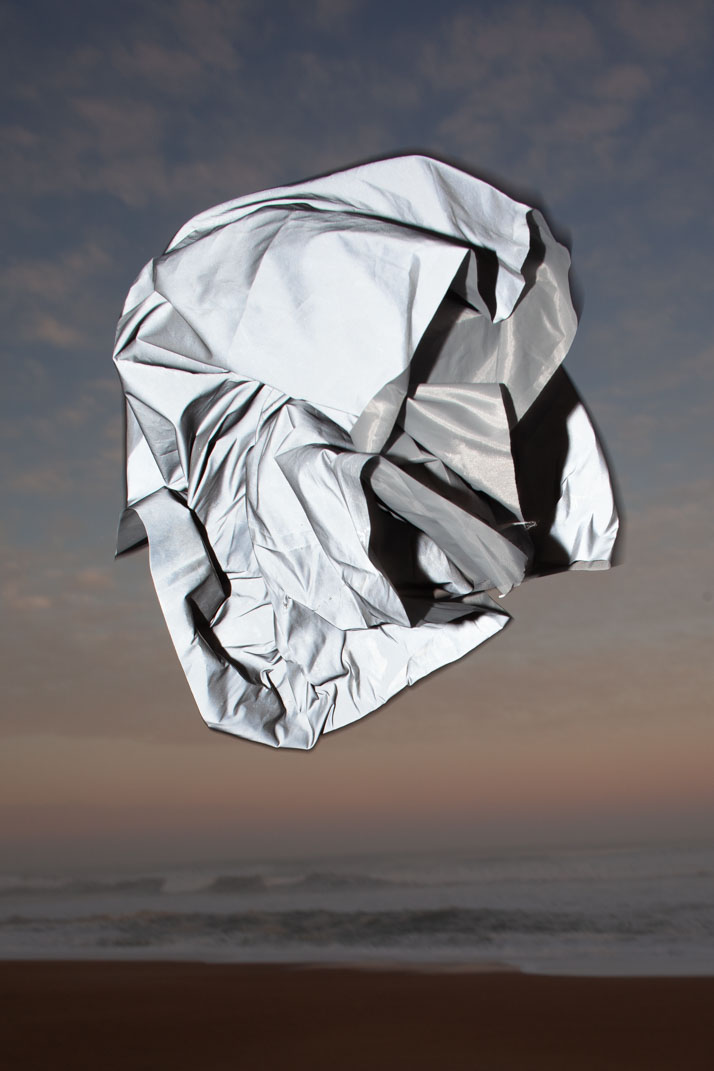
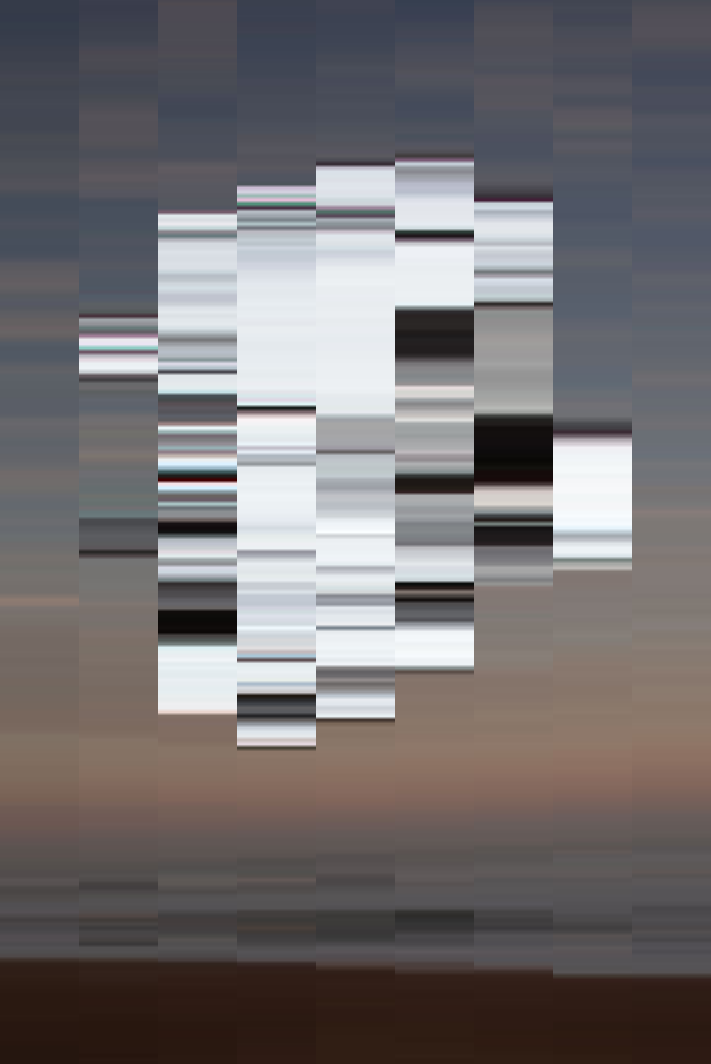
Hi Lena, super cool that you answer a few questions for us. I’ll start with the first one: Who are you and what are you doing at the moment?
Hi Tim, thanks so much for having me! I am a graphic designer with a focus on type design and coding. During my bachelor’s and master’s thesis at Bauhaus University, I dealt with questions of “aesthetics of the grid” and “aesthetics of the coded”.
Why do I perceive things as beautiful? What is my design philosophy? The projects have manifested themselves in experimental design applications. These tools have a deliberately limited design horizon and are my attempt to produce a certain predefined aesthetic.
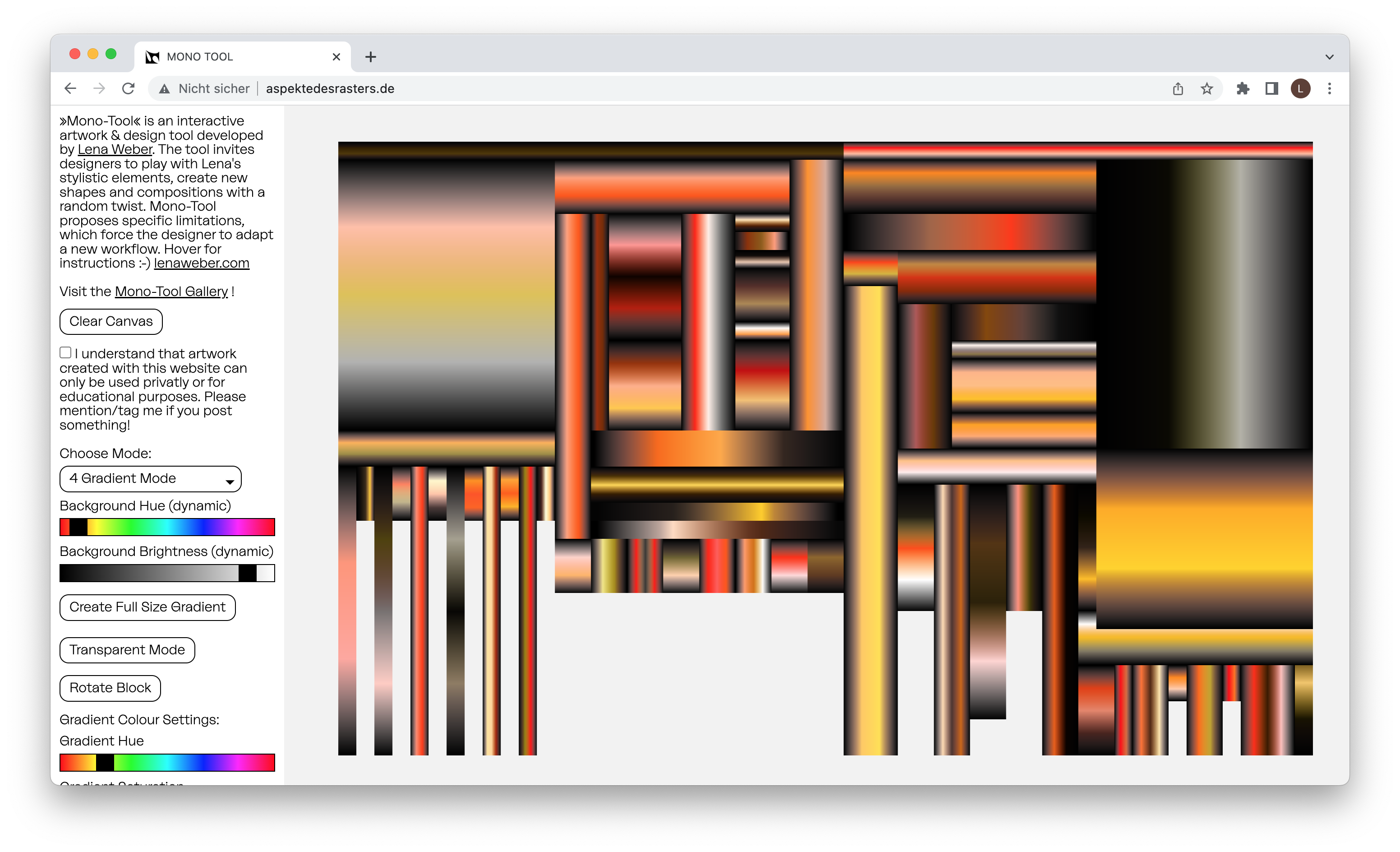
I have read your master thesis and I found it super smart. In it, you deal with the aesthetics of the digital. Maybe you can briefly tell us how you came to this topic and what fascinates you about it?
For years I have been fascinated by a science module I once took at university. It was about ambiguity in modern art. That’s when I discovered my love for big and unanswerable questions of aesthetics. I like to work with a technique I call “aspect search” (term borrowed from Wittgenstein’s philosophy). In doing so, I quantitatively create the largest possible network of references that interest me in a subject, the more the better.
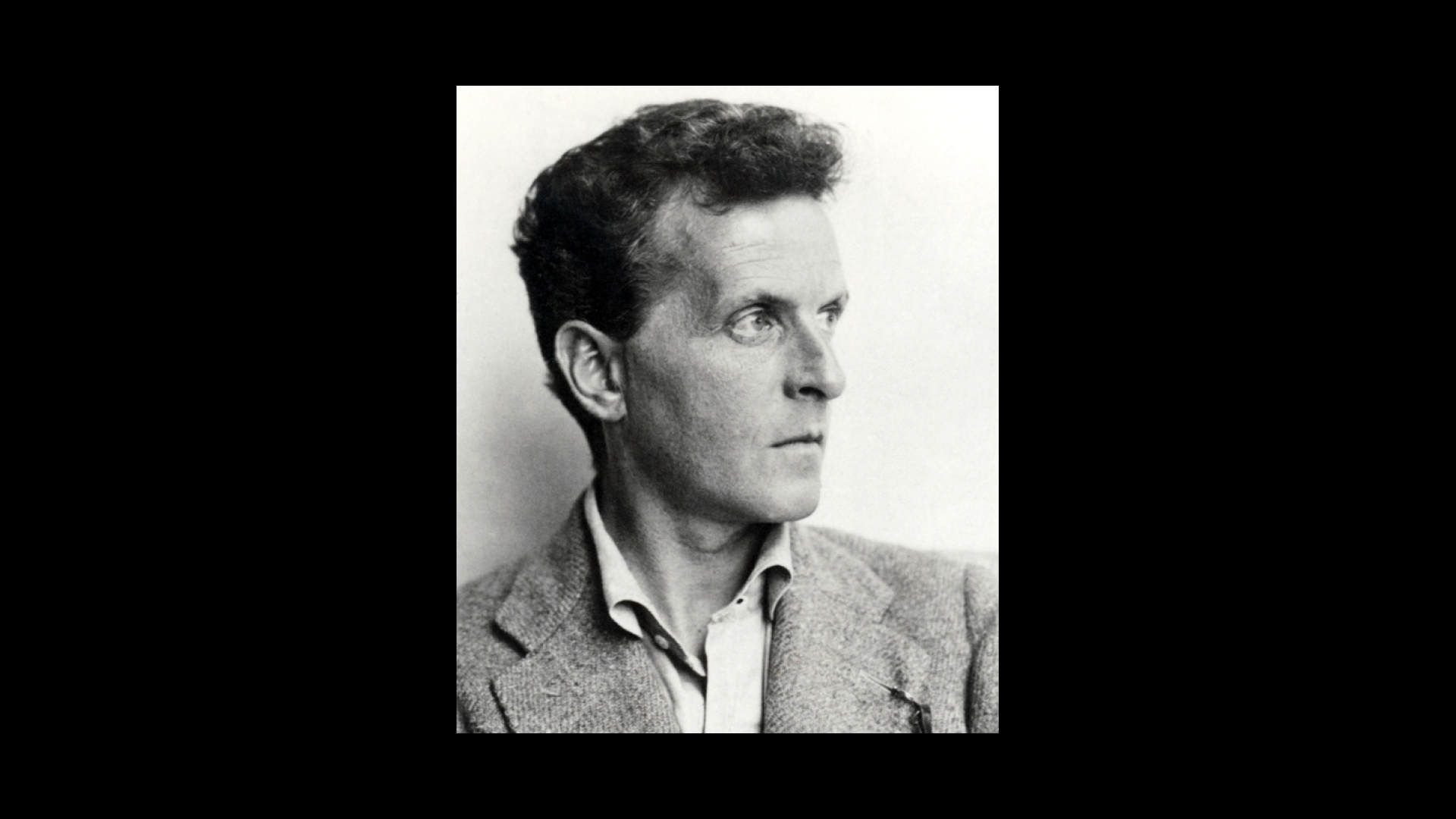
It has always been important to me that the results of my theses are useful to me in the future, so I explore these big questions in relation to my own biases and preferences. What are recurring motifs in my freelance work? How do I relate to digital aesthetics? I try to answer these big questions for myself and my process. In the end, for me it comes down to theoretical research and motivation and inspiration, I’m always looking for topics that generate ideas.


You write that aesthetics are determined by tools. What kind of aesthetics are created by using p5.js or Processing?
That’s an interesting question. I think that the kind of aesthetics a tool produces always depends on its and the general “limiting factors”. How accurate is my brush? What is the moisture content of my clay? What are the default values in the interface? How much force do I have? How powerful is my computer?
In a diffuse and infinitely intertwined way, this affects the eventual aesthetics. When you’re designing tools yourself, these limiting factors are, to me, the most important things to think about. Theoretically, p5.js and Processing itself have comparatively few limitations, you can do anything with it, which is exactly what makes creative programming so interesting.
In practice, only those users have a high degree of freedom of action – and thus access to arbitrary aesthetics – who are above a certain threshold of knowledge about programming. That’s what you’re talking about, there’s a point in the learning curve, a kind of empowerment, at which you can program more freely. I would also say of myself that I haven’t reached that point yet, it’s just a gross simplification of reality.
While the results I can achieve are limited by my own level of knowledge and by the basic building blocks of (creative) programming (e.g. nested loops, conditionals, random numbers), I have to ask myself how I deal with these limitations.
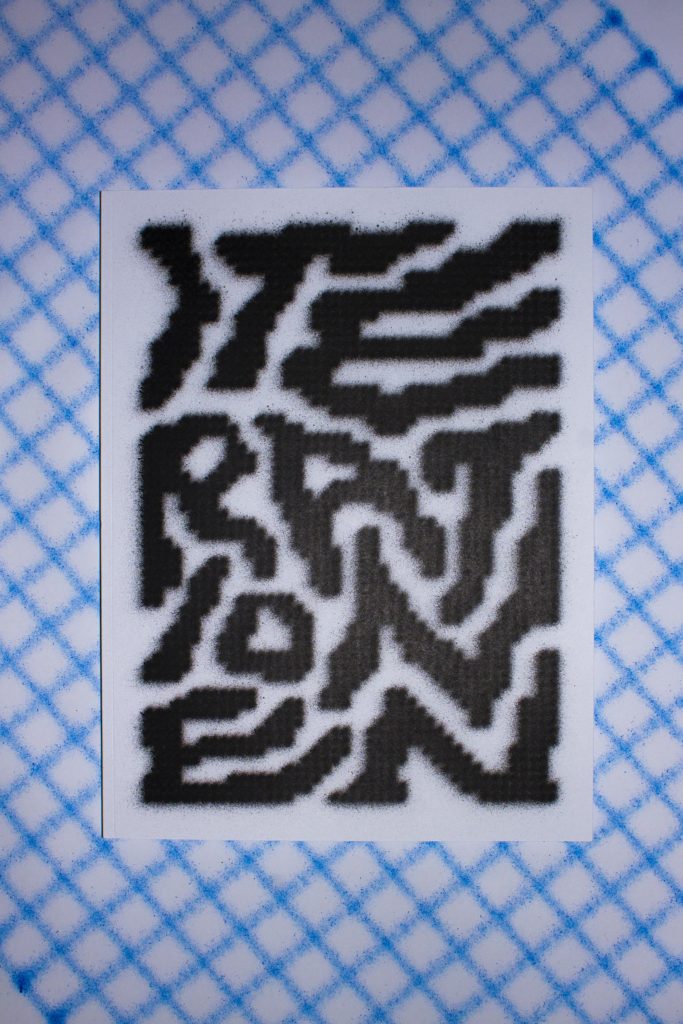
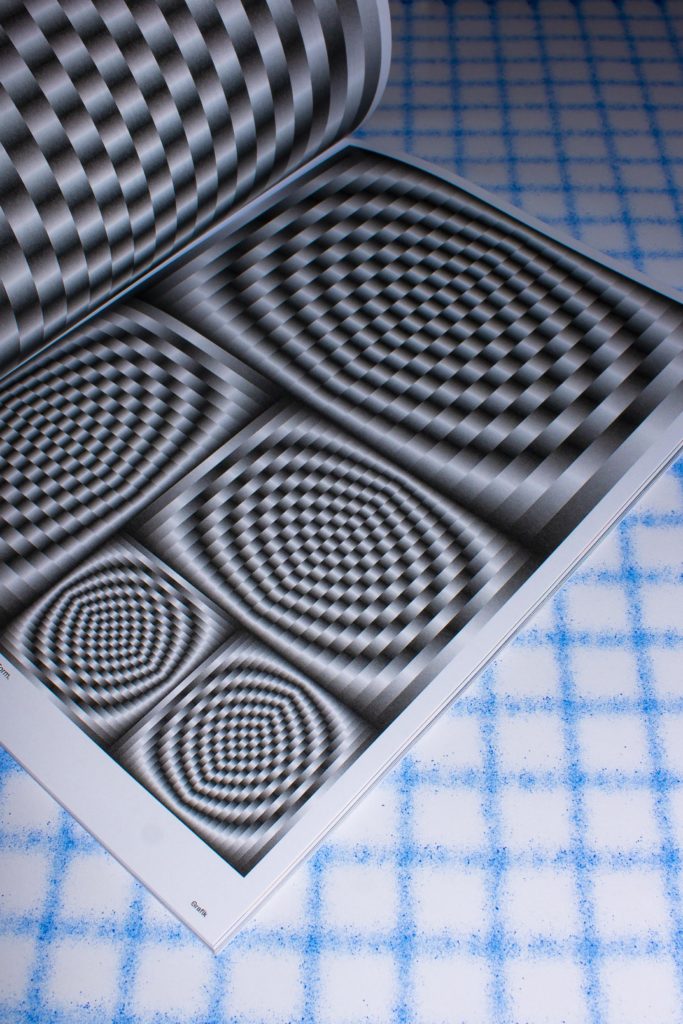
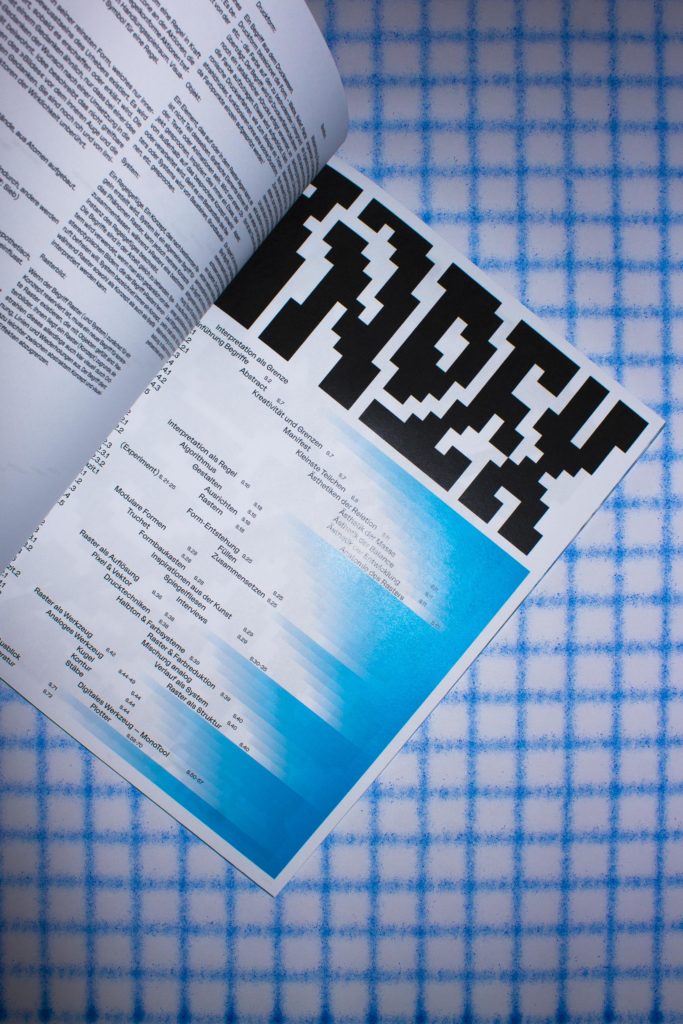
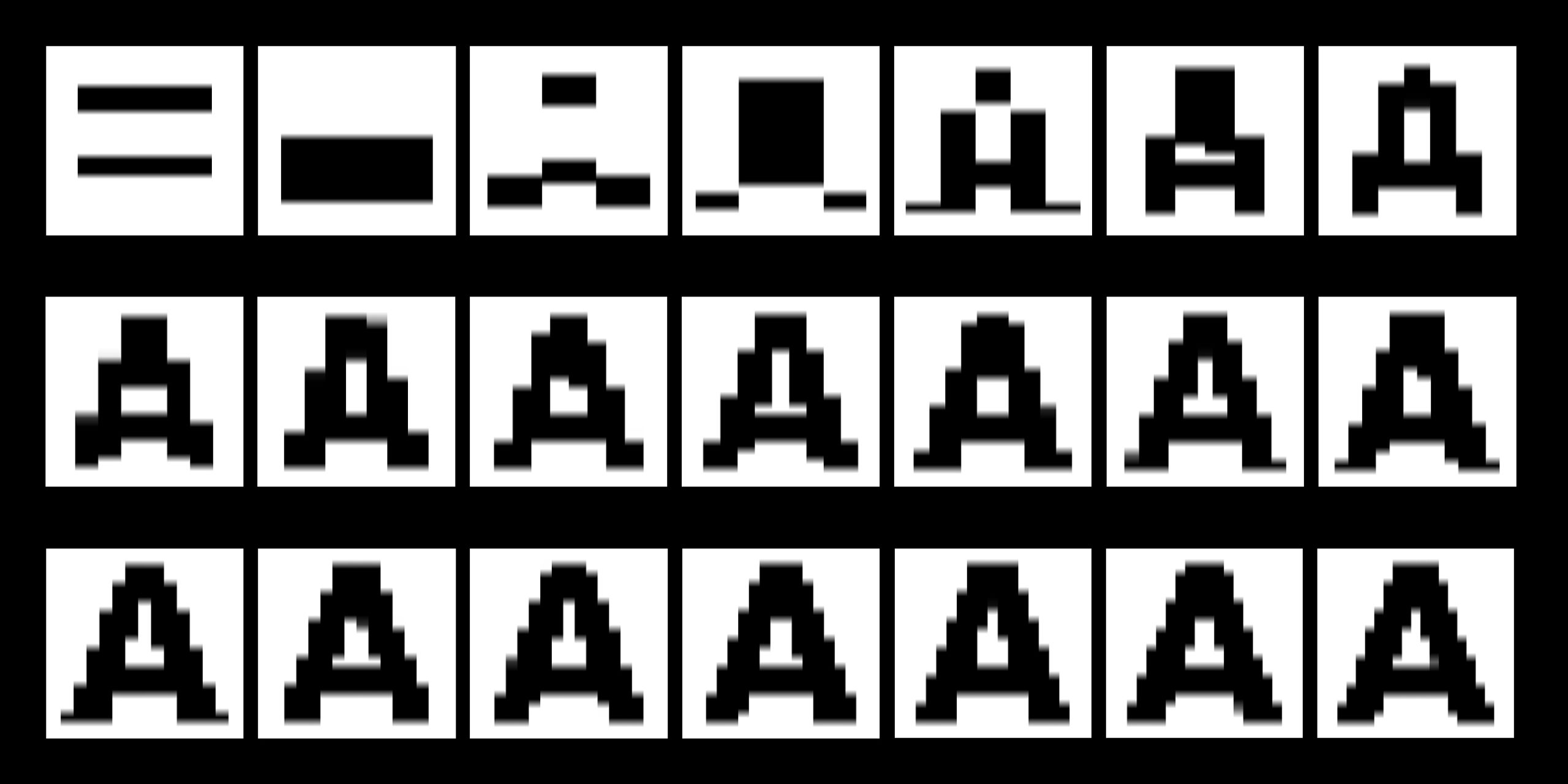
What exactly do you mean by Ambigous Aesthetics?
I have tried to answer for myself what form of aesthetics I want to create in creative coding. My research has dealt a lot with Max Bense’s information aesthetics, in the end I came to the conclusion that I see programmed graphics as two aspects simultaneously:
1. Interpretable as a means of communication (What forms do I recognise in abstracts? What is the message of the graphic? What is its effect?) and 2. as a simple data visualization of the script used (What are the rules of the algorithm? What data has been used?).
According to my thesis, when these two aspects are balanced, the “ambiguity of programmed images” sets in. The “in-between” of these two interpretations is exactly what makes programmed graphics exciting for me.
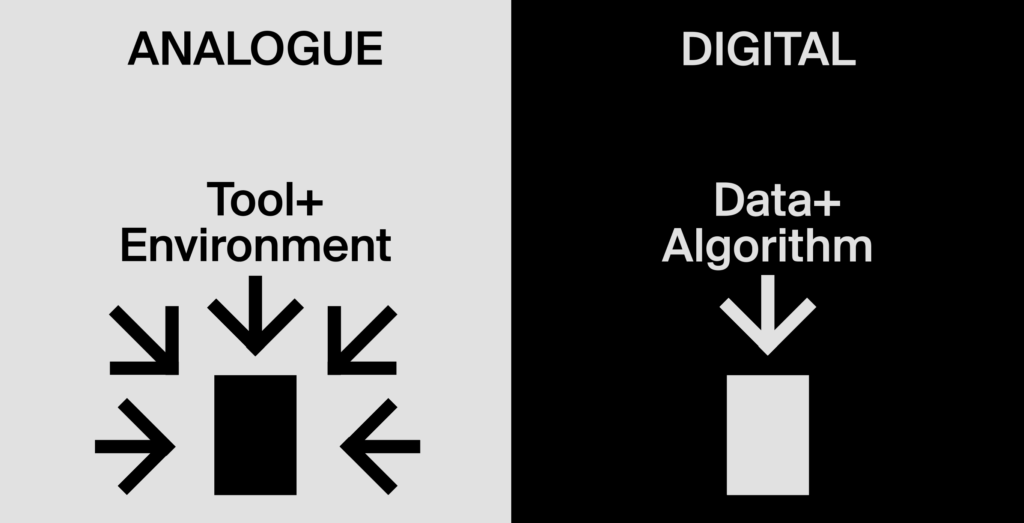
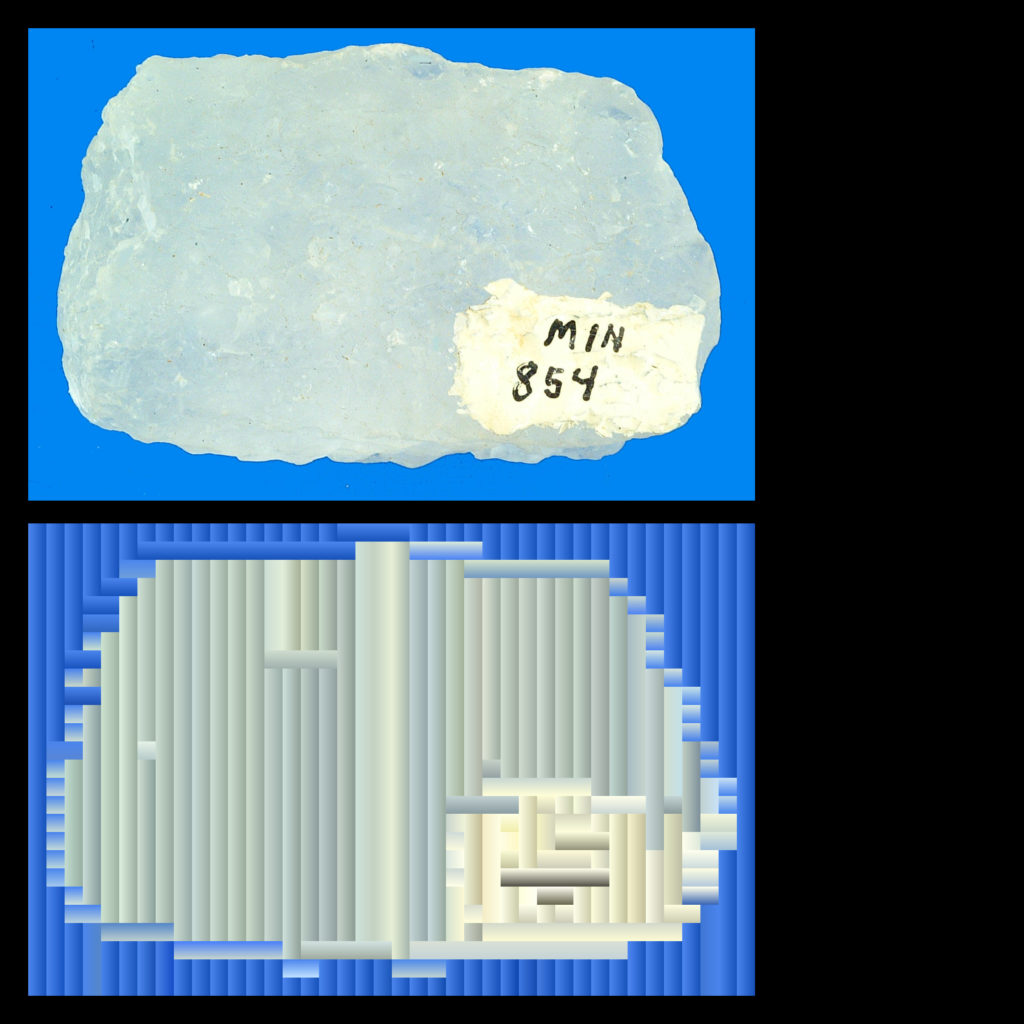
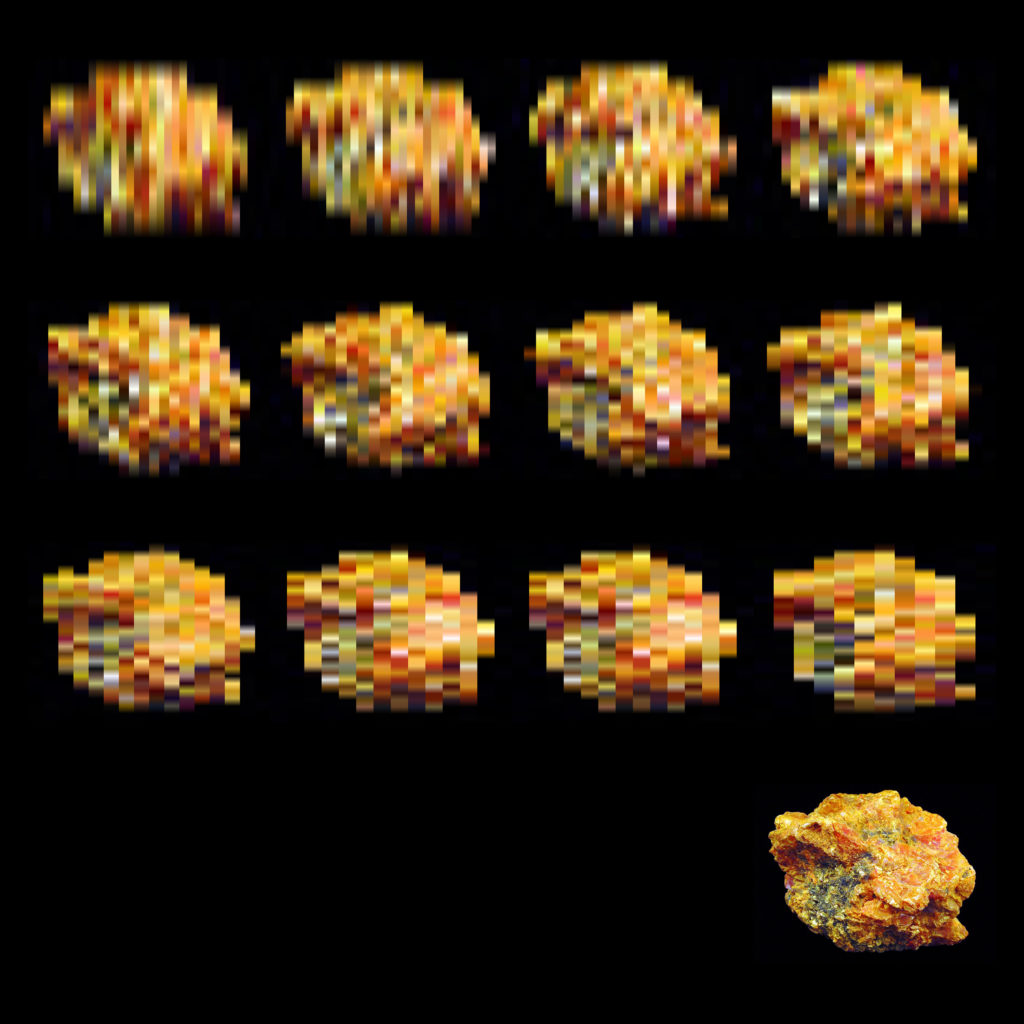
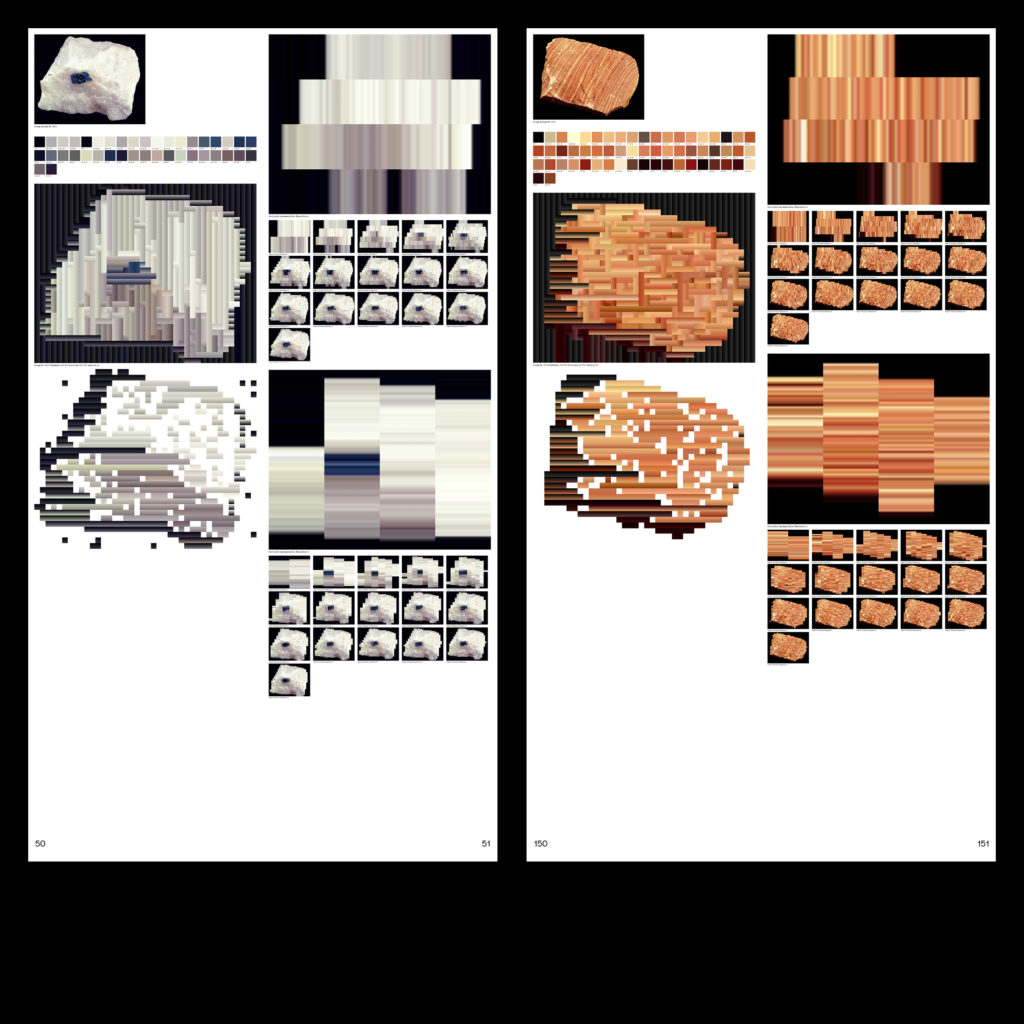
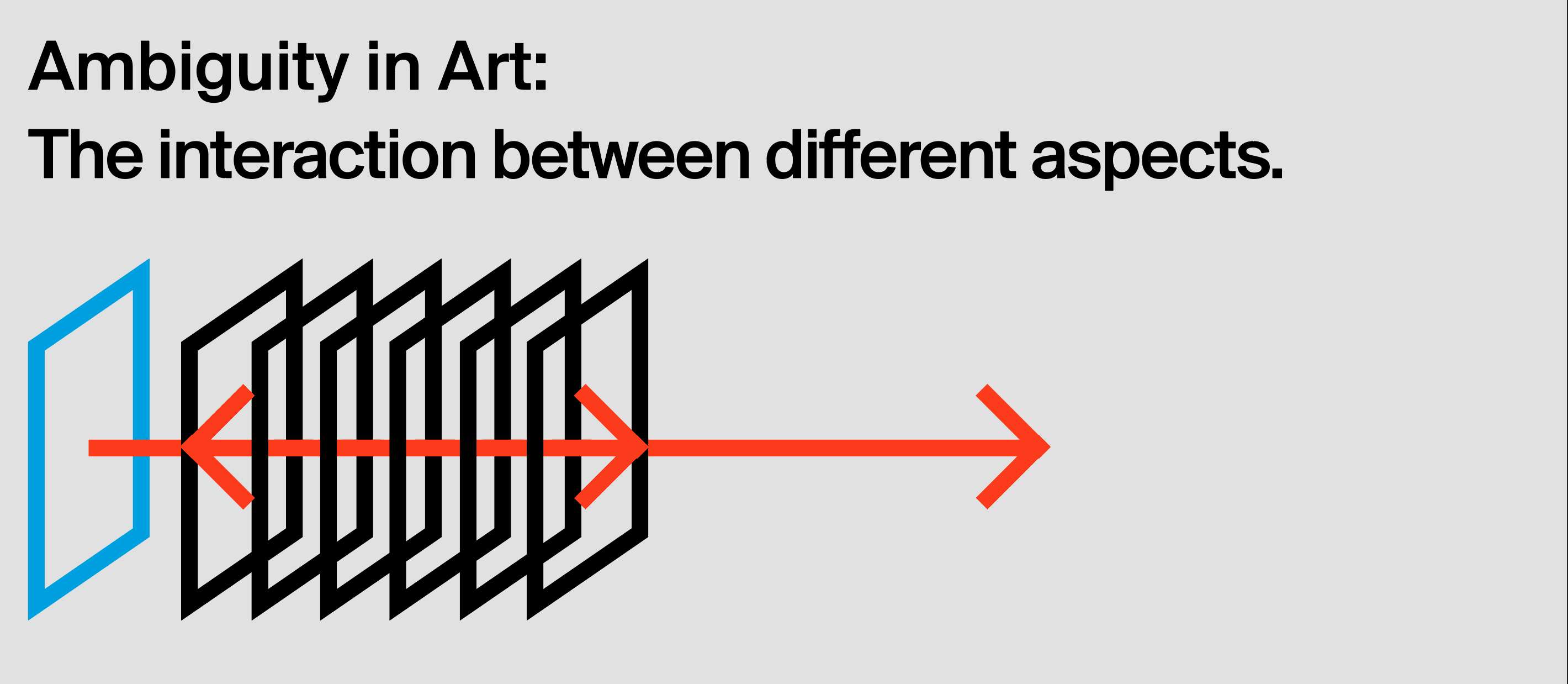
What role do people play in the programmed design process? Who designs? Computer or human?
Having an idea, feeling inspiration, and using motivation are things that the computer cannot do. The computer enriches the design process. For me, it itself and the way it works is often an inspiration for research and experimentation. Working with the computer is a symbiosis.
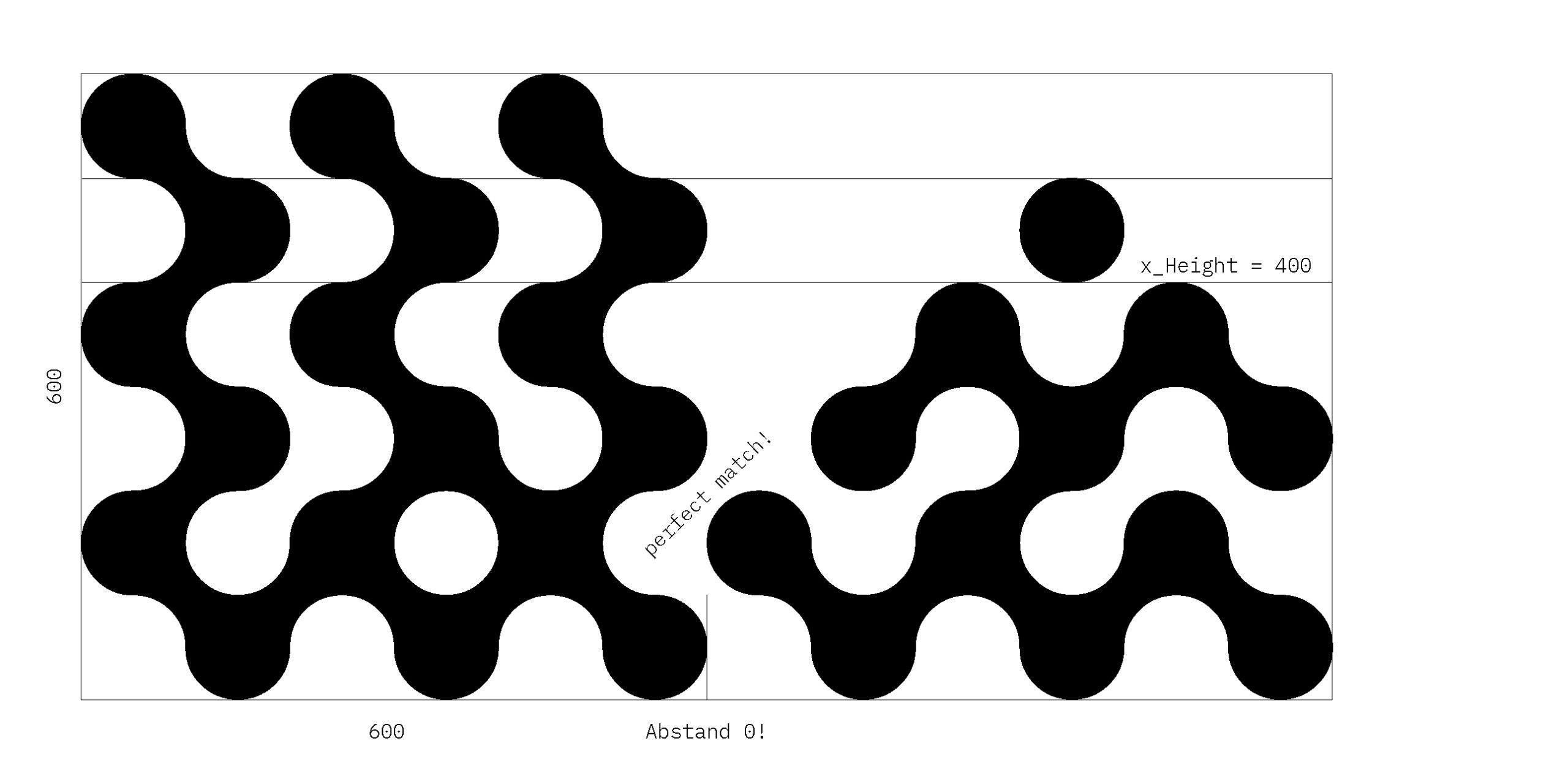
We experimented with the artificial intelligence DALLE2 as part of our joint work on the project for Slate and Ash. The technology had just been released and was brand new. It was surprising for both of us how autonomously the computer suddenly acted in the design process. How do you think AI changes your view of the role of the computer in the design process?
Another difficult question. The ambiguous aesthetics of programming that I have been dealing with arise under somewhat controlled conditions. You write the script, you decide what data and components to use. AI turns these relationships on their head. What data is used? How do decision-making processes work?
Creative coding and design with computers in general works best, in my opinion, when you continue to combine diverse tools and ways of working with it. Analog + Digital, Systematic + Chaotic, Random + Determinate. I currently see it similarly with images created with AI. Design is a sequence of decisions, in the future the question may be which of them should be made by the computer and which by the designer.
You write that Creative Programming is bringing in a new era of graphic design. What’s that all about?
Programmed design is, in theory, always flexible. Instead of designing analog or digital “one-offs,” the creative coder always develops small tools or systems, no matter what he or she is doing. The decisions of designers – or then rules of a system – become clearer in formulated scripts than in non-programmed results.
In programmed design, the subjective decisions of designers can be read as data in black and white, which I find totally exciting somehow. With a script, you have a kind of magic key to explore the rules and decisions behind the aesthetics of a result. Programming as a way of working acts as a kind of catalyst to design systems, because programming is systematization.
Digital design programs such as Adobe Illustrator present themselves to designers through an interface that also presents the limitations of the program. Creative Coding heralds a new era, because now these interfaces are questioned and own design limitations are programmed.
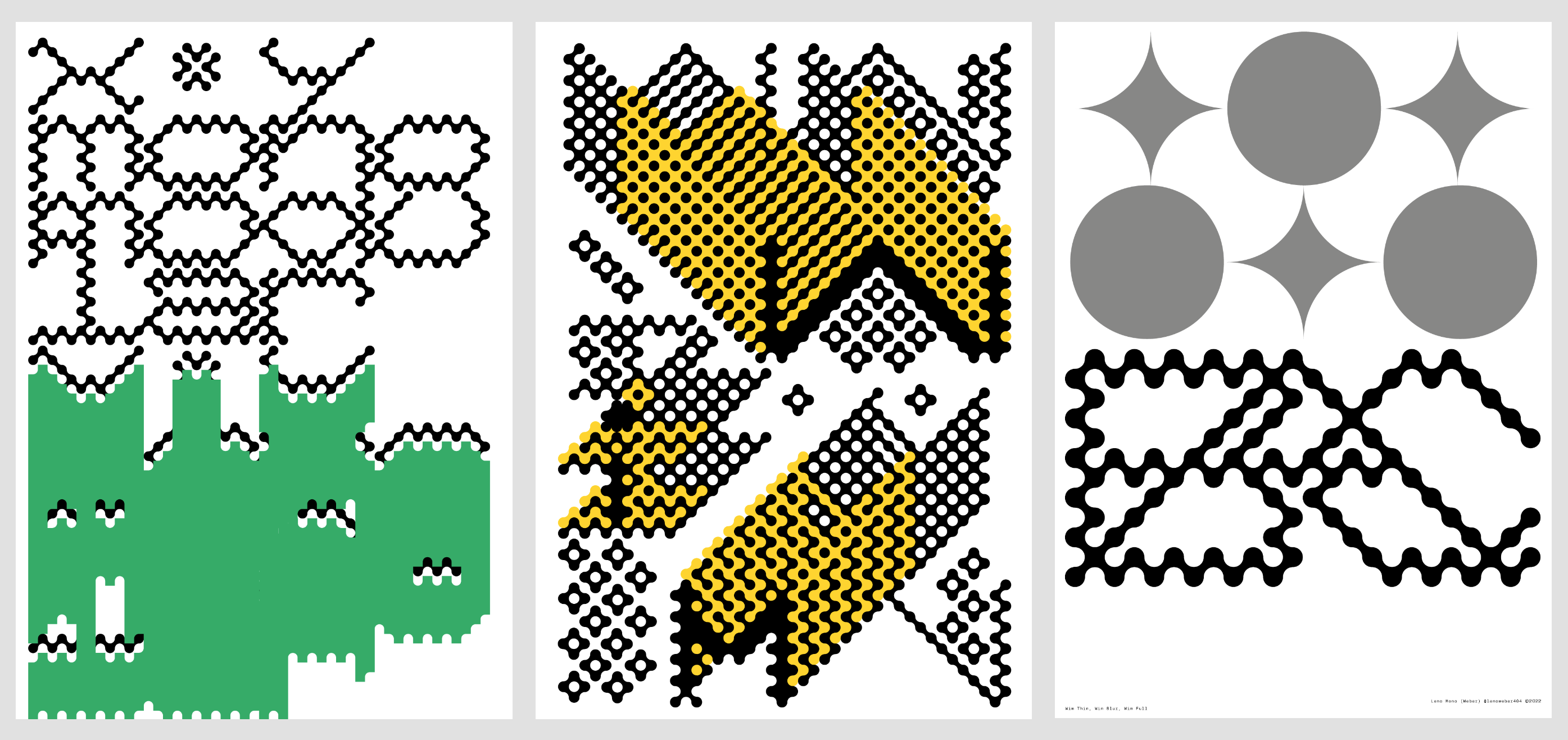
What role does creative coding play for you as a designer?
By now a big one and I hope in the future an even bigger one. I love the iterative approach and especially that you can process large amounts of images and data. Archives, components, (type) systems and tools are my focus and wonderfully combinable with coding.
I find it fascinating to describe an effect in variables and code structure instead of implementing it by hand. It feels like working on a little magic formula every time, it’s just fun.
How did you perceive the learning process in Creative Coding? What motivates you?
I’m definitely still in the middle of it. I’ve always found it helpful to set a specific goal and then learn as you go. What motivates me the most is the idea that scripts/tools created are reusable and flexible. I think you can’t stop learning in this area and the fact that there is still so much to discover is also motivating.
Of course, it’s also frustrating at times, and you can’t sugarcoat that either. In these moments it is important to remember that everyone struggles with these roadblocks and that it is completely normal. Imposter syndrome is common among coders.
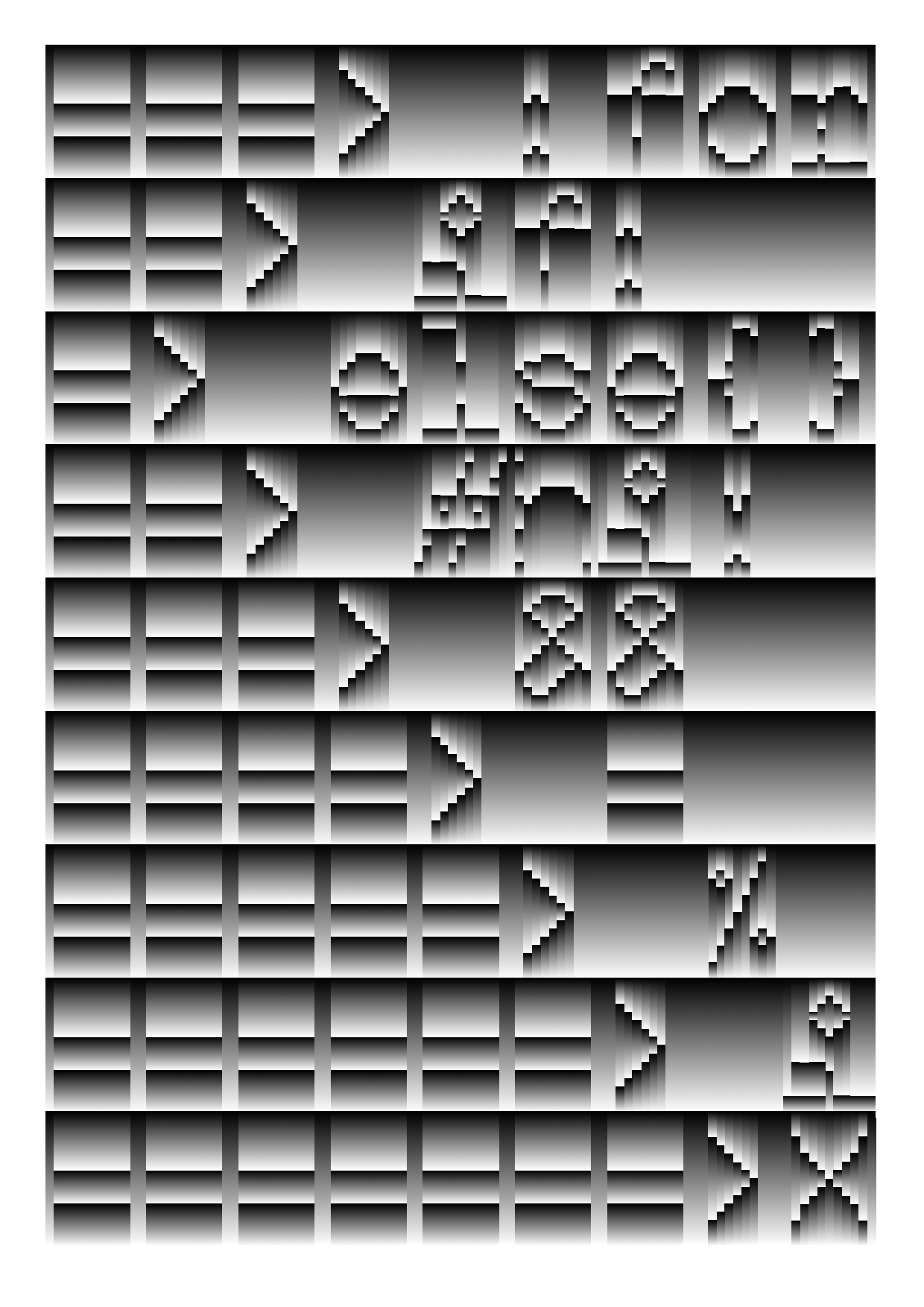
You now have your master’s degree from Bauhaus University Weimar in your pocket. Where do you go from here?
Currently I’m working as a freelancer, but I’m also keeping an eye out for permanent positions. Independently, I’m currently working on a type-foundry website and a variable font that graphically encodes itself, it was also part of the master thesis and will be released soon. Type design and custom type are the biggest areas I want to focus on besides coding, and of course continue to learn.
Developing design systems and applications for clients would definitely be one of my goals. In 2021, I had the chance to teach my own specialized course at Bauhaus University. Titled “Archive of Aspects”, I worked with students to be guided by systematic and generative strategies and create their own archives, which was also incredibly fun.

Thanks a lot Lena! I keep my fingers crossed for you!
Thank you so much Tim!
Related
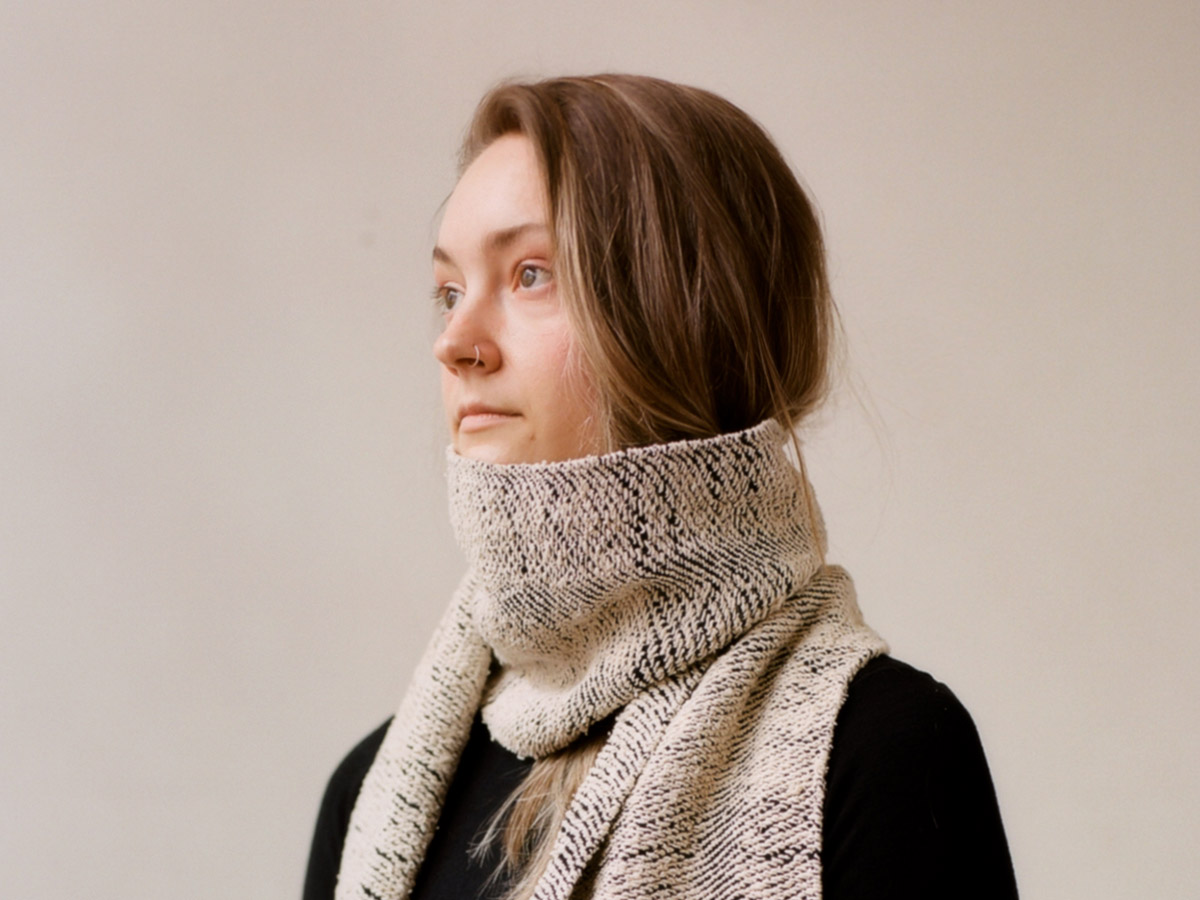 Sam Griffith connects Creative Coding with Enviromentalism
Sam Griffith connects Creative Coding with Enviromentalism
In this post I’d like to introduce you to Sam Griffith, a talented graphic designer based in Detroit, to discuss […]
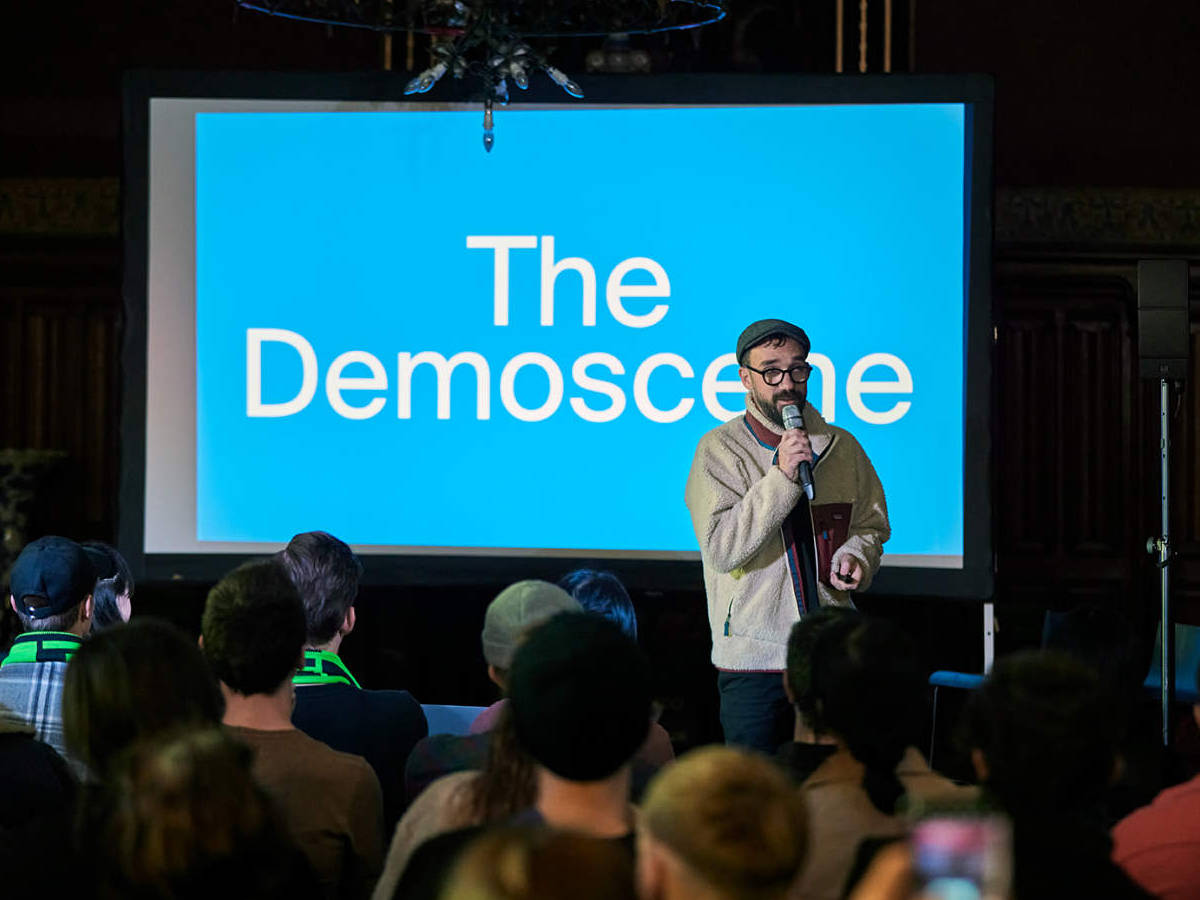 Throwback: My Talk at Demo Festival 2022
Throwback: My Talk at Demo Festival 2022
The next edition of the DEMO Festival is already approaching and I am currently developing a brand new talk for […]
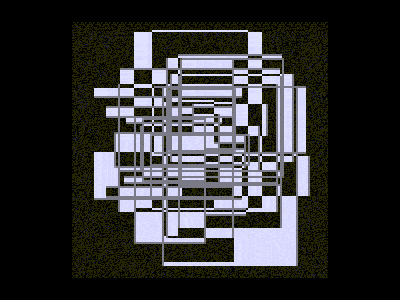 Powers of Two – 128kb by Lena Weber
Powers of Two – 128kb by Lena Weber
20 = 1 21 = 222 = 323 = 824 = 1625 = 3226 = 6427 = 128 … »In […]
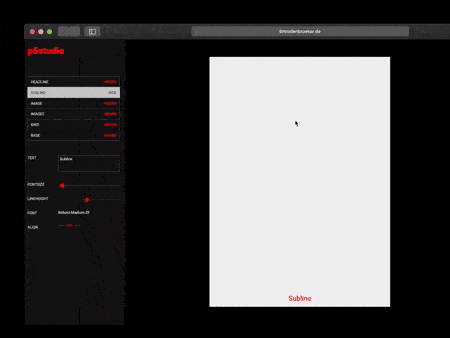 p5.js Design Tools Directory
p5.js Design Tools Directory
Hi! In this post I’ll collect case studies and direct links to tools that people have built with p5.js and […]
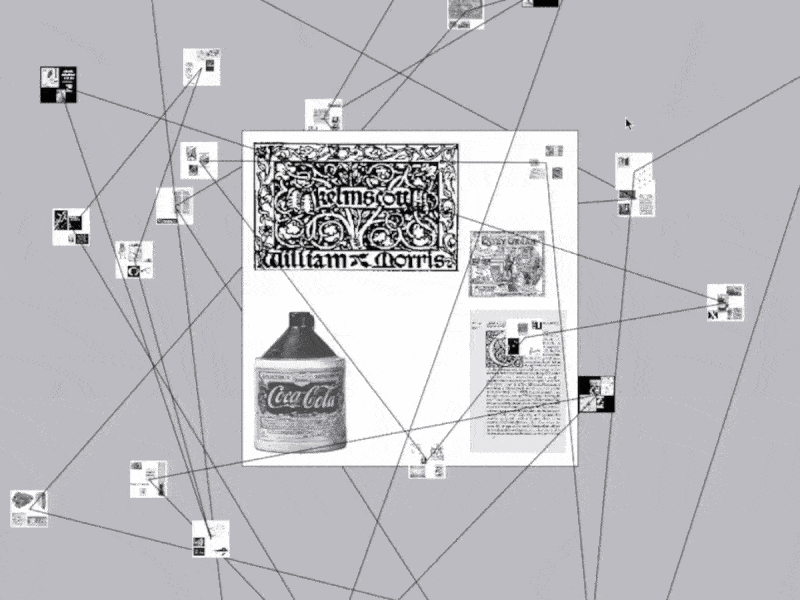 Omid Nemalhabib explores the intersection of Creative Coding and Perso-Arabic Typography
Omid Nemalhabib explores the intersection of Creative Coding and Perso-Arabic Typography
In 2022, I spontaneously posted a story on Instagram: If anyone out there is also in Rotterdam, I’d love to […]
 A conversation with Talia Cotton
A conversation with Talia Cotton
During OFFF Festival here in Barcelona, many interesting people come around! This interview with Talia Cotton came about almost by […]
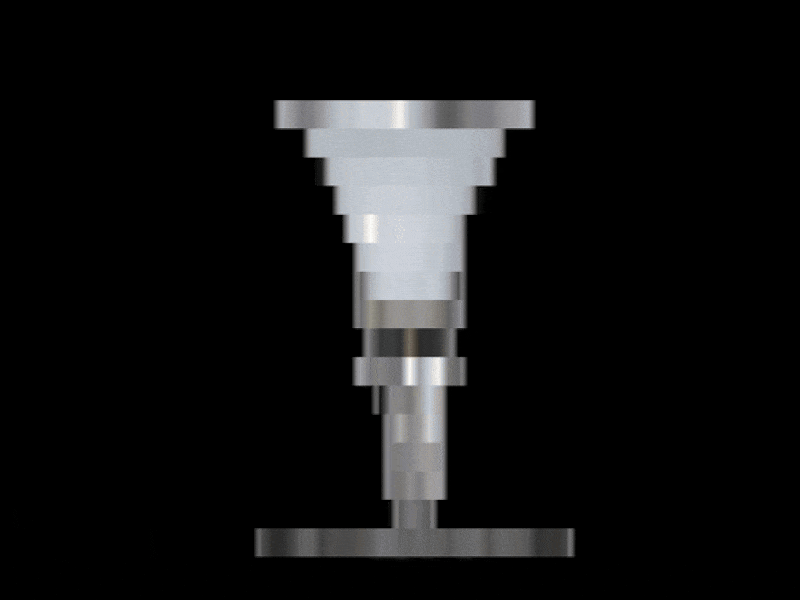 Lena Weber about her collaboration with A. G. Cook
Lena Weber about her collaboration with A. G. Cook
Lena: This 10-minute visualiser for A. G. Cooks album teaser featuring my python archive generator, is one of my favourite […]
 A conversation with Anna Shams Ili
A conversation with Anna Shams Ili
Hi Anna! It was super nice to meet you at the PCD CPH, I really liked your talk in which […]